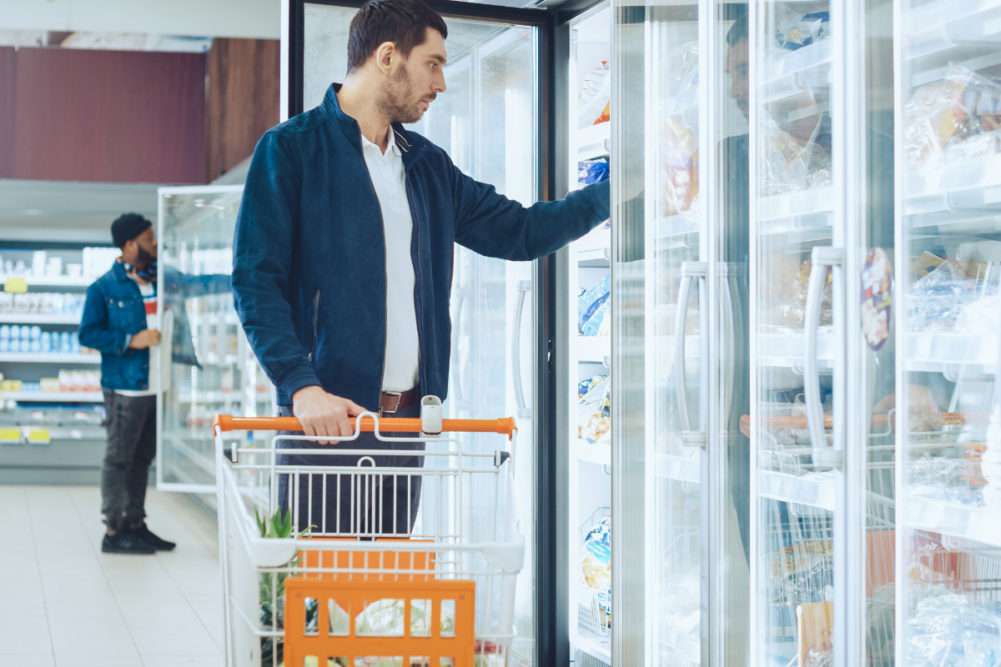JACKSONVILLE, FLA. — Frozen food sales rocketed up by double-digit percentages once COVID-19 hit last year and forced consumers to eat at home more often. Whether such growth in the category continues after the pandemic fades could depend on pricing, variety and companies knowing when consumers eat frozen food during the day.
Frozen foods registered $65.1 billion in US retail sales in 2020, which marked a 21% increase when compared to the previous year, according to the American Frozen Food Institute, Arlington, Va. Nearly all types of frozen foods experienced double-digit sales increases. Unit sales rose 13%.
A report released April 14 by Acosta, an integrated sales and marketing provider in the consumer packaged goods industry, showed US frozen food sales rose 23% in the first half of 2020, which compared to 16% for total edibles, and 18% in the second half, which compared to 11% for total edibles. In the first half of 2019, the increases were 1.9% for both frozen food and total edibles. In the second half of 2019 the increases were 2.5% for frozen and 2.2% for total edibles.
“As COVID-19 set in, consumers began eating at home more out of necessity,” said Colin Stewart, executive vice president, business intelligence for Jacksonville-based Acosta. “To adapt, they searched for new ways to cook creatively, and for many, frozen foods were the answer.”
Acosta gathered information for its report through online surveys conducted Feb. 17-23 as well as from industry research, including research from Nielsen and allrecipes.com.
The report examined what shoppers will seek in the frozen food aisle after COVID-19 subsides. The top three shopping factors were low prices at 50%, product availability at 45% and lots of variety at 43%.
Dinner was the most popular meal for frozen food during the pandemic. Thirteen percent of respondents in the Acosta report said they consumed frozen food nearly all the time at dinner while 46% said often. The percentages were 9% and 32% for lunch and 11% and 27% for breakfast. When asked what frozen food items they bought more of during COVID-19, 31% said fruit, which was followed by vegetables at 29%, pizza at 28%, snacks at 28% and entrees at 27%.
Data from Information Resources, Inc., a Chicago-based market research firm, showed the largest percentage of US sales growth for frozen food in 2020 came in the categories of seafood, up 35.3%, poultry, up 34.7%, and appetizers, up 28.9%.
Online sales of frozen food increased 75% in the United States over the past year, according to the AFFI. Dinners/entrees, meat, poultry and seafood were the biggest online sellers. Among households that buy frozen foods, 42% bought them online over the past year, which was up from 23% in 2018.
During the pandemic the share of US core frozen food consumers, defined as those who consume frozen food daily or every few days, rose to 39% in 2020 from 35% in 2018, according to the AFFI.
“Shoppers are nearly a year into the COVID-19 pandemic and are having more family meals at home than ever before,” said Doug Baker, vice president of industry relations for FMI – the Food Industry Association. “The frozen foods category offers these benefits to shoppers, and that’s why we see all areas — from meal ingredients to meal solutions — reaching new audiences and increasing purchases.”






